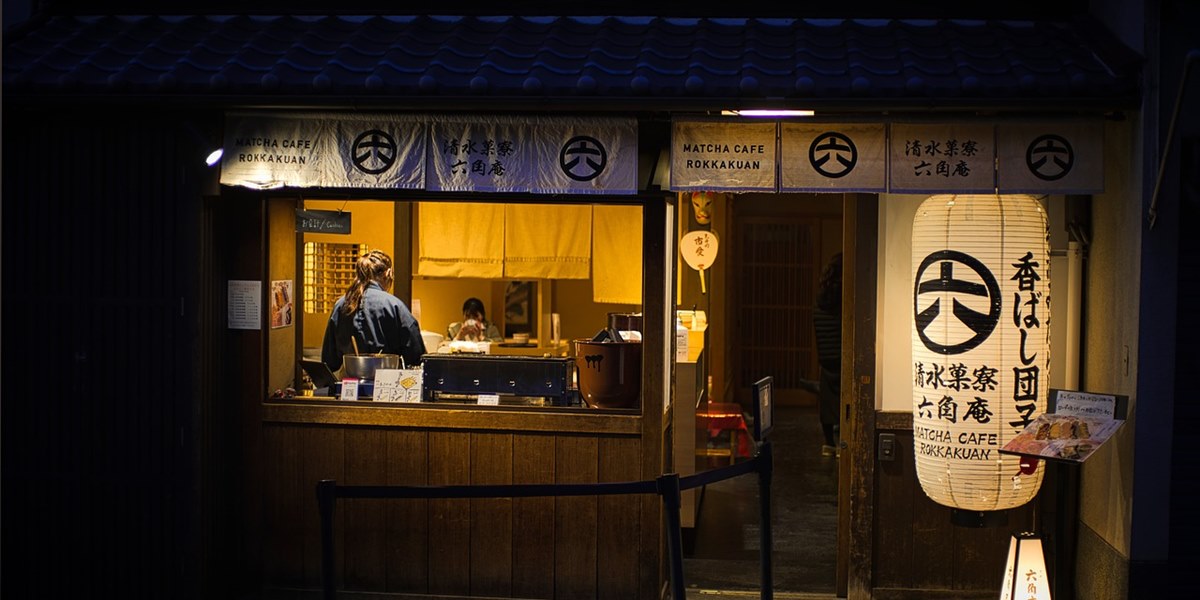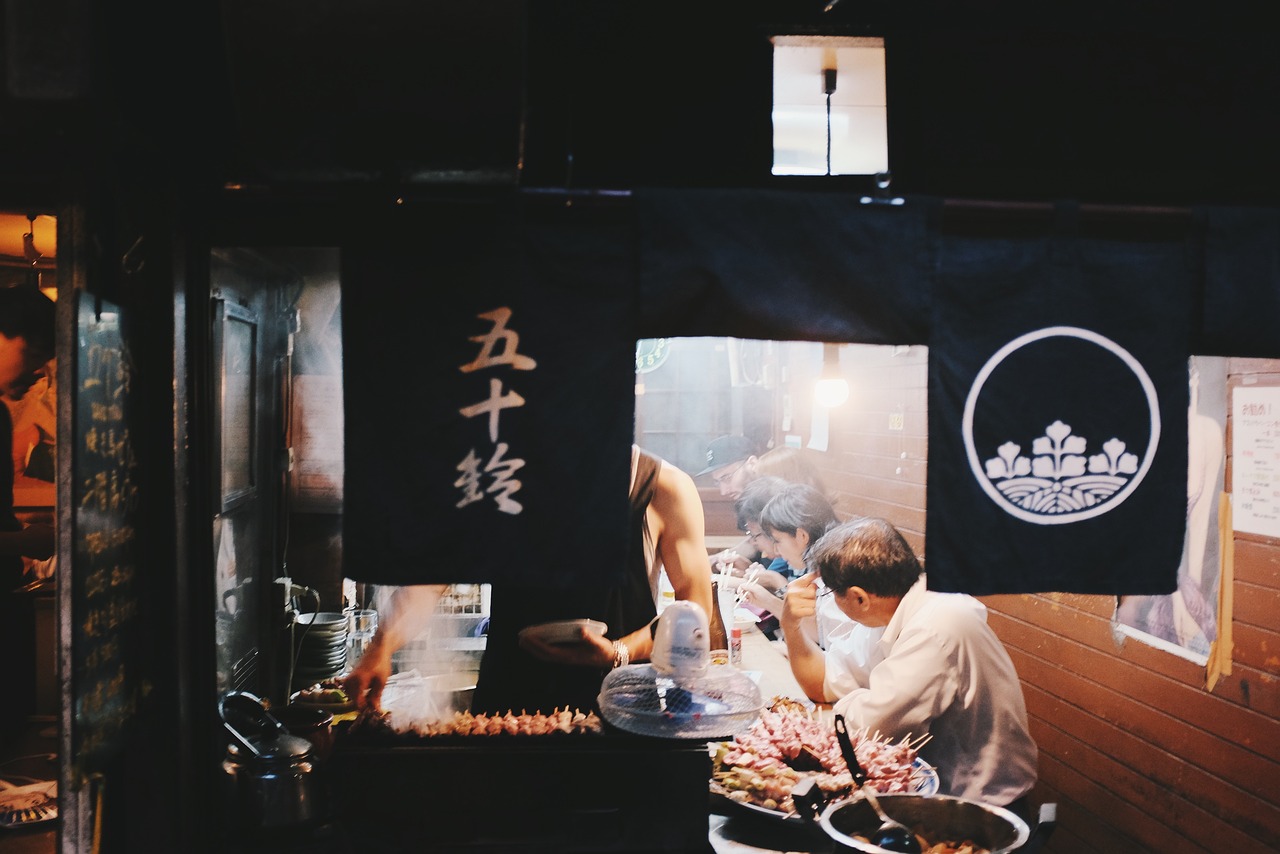5 Ways to Interpret the MBTI Test, Do This to Maximize the Analysis Results
Curious about what methods or things need to be done in interpreting the MBTI test? To find out, just check out the following review.

Kapanlagi.com - In the culinary world rich in tradition and innovation, Japanese kitchens hold their own uniqueness. Not only in terms of the dishes served but also in the terminology used within them. The kitchen terms in Japanese open the door to a deeper understanding of the cooking culture of the Land of the Rising Sun.
From the traditional daidokoro to the modern kicchin, each word carries its own story and meaning. This article will invite KLovers to explore the vocabulary of the Japanese kitchen, uncovering the meanings behind each term, and understanding how language and culture shape Japanese cuisine. It is perfect for KLovers who want to learn.
Let’s begin this linguistic journey and discover the beauty of language in expressing the Japanese kitchen, complete with types of kitchens in Japanese. Come on, let’s check it out, KLovers.

Illustration (credit: pixabay.com)
Daidokoro is a general term for the kitchen in Japanese. It usually refers to the traditional household kitchen. Daidokoro is the center of daily cooking activities in a Japanese home, where families gather and prepare meals together.
Additionally, there is kicchin, a loanword from the English "kitchen", often used to describe a modern or Western-style kitchen. This term has become popular with the influx of Western cultural influences into Japan. Kicchin is usually equipped with modern appliances.
There is also chuubou, which refers to a professional kitchen typically found in restaurants, hotels, or large institutions. This type of kitchen is designed for high efficiency and productivity, capable of handling large volumes of food. Chuubou is often equipped with industrial equipment.
Furthermore, katte is a traditional term for kitchen in Japanese. Although its usage is now less common, this word can still be found in old literature or in areas that preserve traditional language. Katte reflects the concept of kitchens from the past.
Each of these kitchen terms reflects the evolution of Japanese culture and lifestyle. From traditional Katte to modern Kicchin, this terminology shows how Japanese society has adapted to changing times while still maintaining the essence of their culture.

Illustration (credit: pixabay.com)
In addition to understanding the Japanese kitchen, KLovers can also learn about the types of kitchens in Japanese culture. In Japanese culture, there are several types of kitchens that have different characteristics and functions. Here are the types of kitchens in Japanese culture along with their explanations:
1. Daidokoro
Daidokoro is a traditional Japanese household kitchen. It is usually located at the back of the house and serves as the center for daily cooking activities. Daidokoro is typically equipped with storage areas, washing areas, and cooking areas. Its design is often minimalist and functional, reflecting the philosophy of simple living in Japanese culture.
2. Kamado
Kamado is a traditional Japanese stove that is usually made of clay. It is used for cooking rice and other dishes using wood or charcoal as fuel. Although rarely used in modern homes, kamado can still be found in traditional houses and temples.
3. Irori
Irori is a traditional hearth located on the floor, usually in the center of the room. In addition to warming the room, irori is also used for cooking food by grilling or boiling. Irori plays an important role in the social life of traditional Japanese families.
4. Ryoridokoro
Ryoridokoro refers to the professional kitchen found in Japanese restaurants. This kitchen is designed for efficiency and speed in preparing dishes. The layout is tailored to the type of cuisine being served, such as a special area for sushi or teppanyaki.
5. Chashitsu no mizuya
This is a special kitchen associated with the tea ceremony room (chashitsu). Mizuya is used to prepare the utensils and snacks that will be served during the tea ceremony. Its design is simple and functional, emphasizing efficiency and cleanliness.
6. Kaiseki ryori no daidokoro
This kitchen is specifically designed for preparing kaiseki, a traditional Japanese multi-course meal. This kitchen is usually larger and more complex than a regular household kitchen, with separate areas for preparing various types of dishes.
7. Izakaya no daidokoro
The izakaya kitchen is designed to prepare a variety of snacks typically served in Japanese-style bars or pubs. This kitchen is often open so that customers can see the cooking process, enhancing the atmosphere and dining experience.
8. Soba-ya no daidokoro
This is a specialized kitchen for soba restaurants (buckwheat noodles). This kitchen is equipped with special tools for making and cooking soba, including areas for dough preparation, noodle cutting, and boiling.
9. Washoku no daidokoro
This kitchen is specifically designed for preparing traditional Japanese cuisine (washoku). It is usually equipped with various special utensils such as donabe pots, tetsubin kettles, and different types of specialized knives.
10. Yoshoku no daidokoro
This is a kitchen designed for preparing Western-style dishes that have been adapted into Japanese culture (yōshoku). This kitchen combines elements of Western cuisine with traditional Japanese cuisine.
Each type of kitchen reflects different aspects of Japanese culinary culture, ranging from ancient traditions to modern and international influences. This diversity showcases the richness and complexity of the Japanese culinary world.
That is the expression of the Japanese kitchen terminology that KLovers can learn. Understanding Japanese kitchen terms opens up insights into the richness of its culinary culture.
(kpl/dhm)
Cobain For You Page (FYP) Yang kamu suka ada di sini,
lihat isinya
Curious about what methods or things need to be done in interpreting the MBTI test? To find out, just check out the following review.
Hayley Williams herself has never made a statement about her MBTI type. Nevertheless, the assumptions in the theory that label Hayley as an ENFP seem to align with several traits of hers that have been highlighted over time. What traits are those?
Let's see how this Gemini zodiac star may have played a role in shaping Choi Min Sik, one of the most respected actors in the Korean entertainment industry. Let's check it out!
Let's dive into some of the best recommendations for anime about water sports and feel the thrill! Come on, check it out KLovers!
Let's explore deeper into a drama that combines coming-of-age elements with a unique historical backdrop through the Chinese drama WIND DIRECTION below. Come on, let's check it out, KLovers!
Here is the synopsis of the film KILLERMAN which explores the boundaries of human morality in extreme situations. Let's check it out, KLovers!
To understand the meaning of moving house dreams in Islam, just take a look at the following review.
To find out what the meaning of dreaming about wearing white clothes is, just take a look at the following review.
Here is the synopsis of the film TO CATCH A KILLER from 2023 along with the cast list that you can check out, KLovers!
Curious about the explanation of the meaning of a flickering left eye according to Javanese primbon? To find out, just take a look at the explanation below.
So, what is the explanation of the meaning of an itchy right eye according to Javanese primbon? To find out, just take a look at the explanation below.
To better understand the characteristics of ESFP MBTI, here are some traits or distinctive features that need to be known.